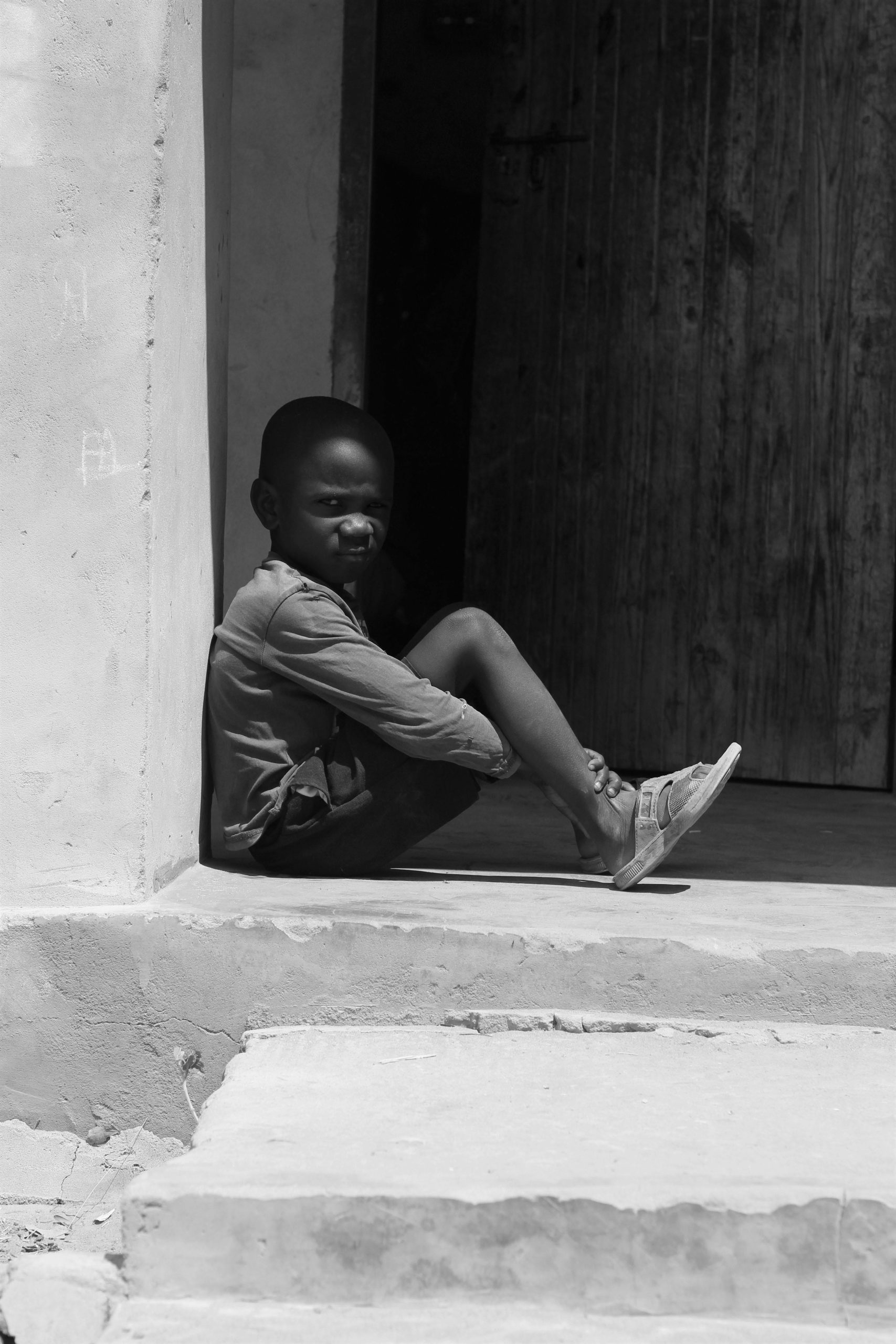Creating a Seamless “Liquid” Blur Overlay for Modern Web Design: A Professional Approach
In contemporary web development, subtle visual enhancements can significantly elevate user experience and aesthetic appeal. One such technique involves adding a delicate, organic blur or opacity overlay at the bottom of a webpage. Unlike traditional hard-edged rectangular overlays, the goal is to craft a smooth, flowing transition that seamlessly blends content into the background, reminiscent of a soft mist or liquid shadow.
Understanding the Challenge
Standard overlays often rely on rectangular shapes with sharp edges, typically implemented with CSS properties like height, background-color, and linear-gradient. While effective, these can produce an abrupt, unnatural cutoff that disrupts the visual harmony of the page. Achieving a more organic, “liquid” appearance requires a combination of advanced CSS techniques including clipping paths, blurring, and gradient overlays.
Example Implementation
Consider a scenario where you want the bottom overlay to occupy approximately 2-3 viewport height units (vh), with a smooth, organic fade-out effect. The key is to use CSS properties that allow for non-rectangular shapes and soft transitions.
Here’s a professional approach leveraging CSS:
- Use of Clip-Path with Polygon Shapes
Define a polygon that creates a jagged, irregular edge, mimicking a natural, liquid boundary. For example:
“`css
.bottom-overlay {
position: fixed;
bottom: 0;
left: 0;
width: 100%;
height: 3vh;
clip-path: polygon(
0% 100%,
100% 100%,
100% 20%,
98% 22%,
95% 25%,
92% 28%,
90% 30%,
88% 32%,
85% 30%,
82% 28%,
80% 25%,
78% 22%,
75% 20%,
72% 22%,
70% 25%,
68% 28%,
65% 30%,
62% 32%,
60% 30%,
58% 28%,
55% 25%,
52% 22%,
50% 20%,
48

